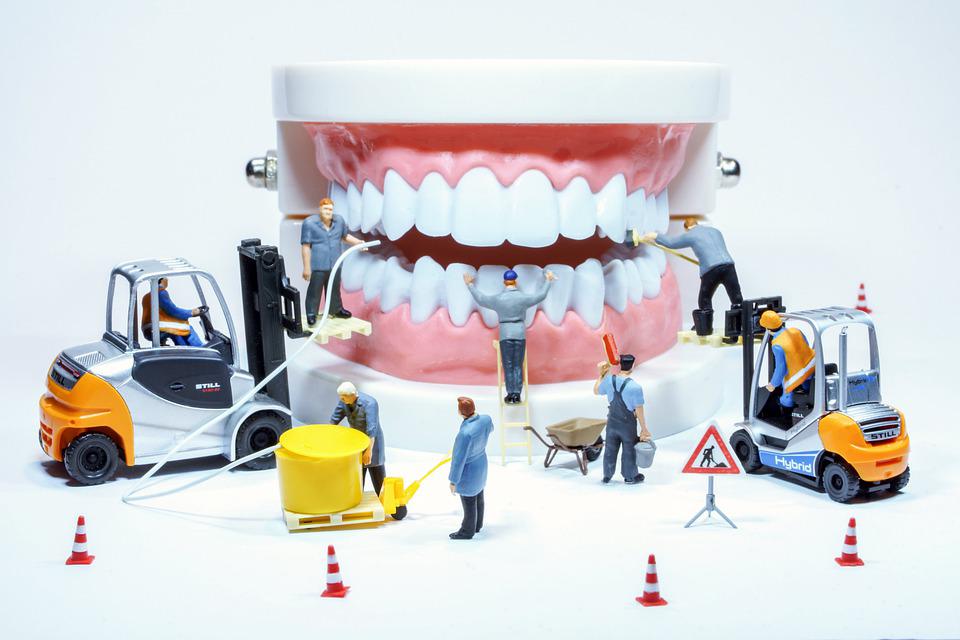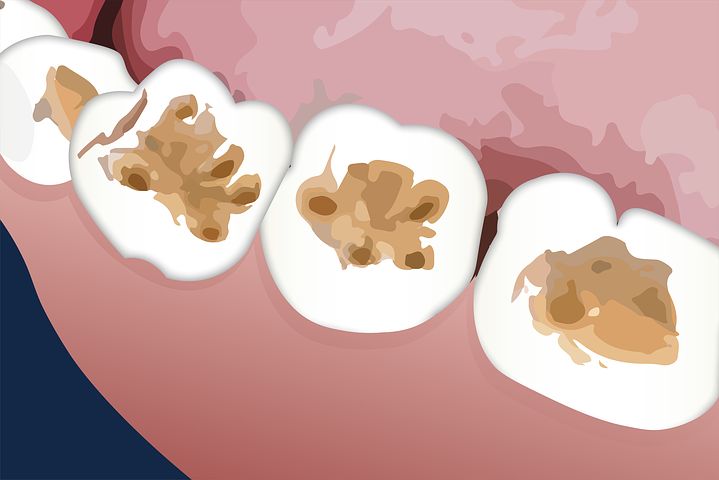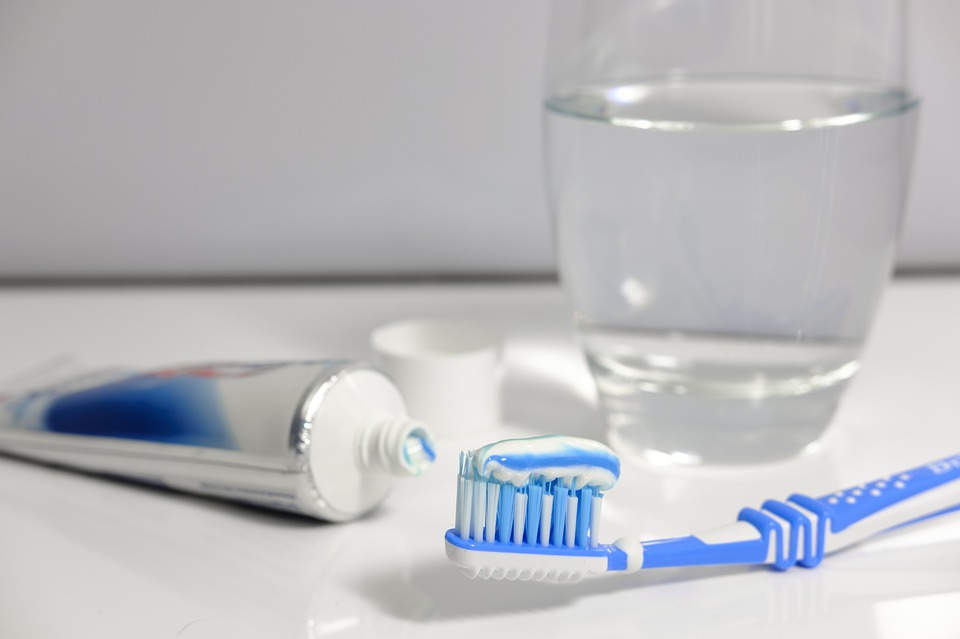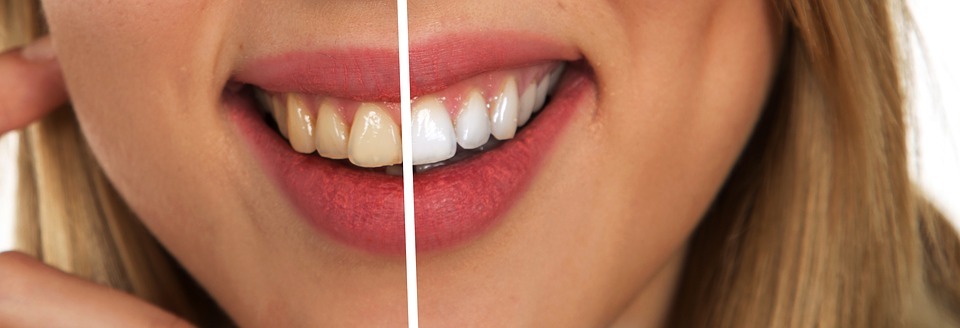As we eat, live and grow; just like any other part of a human body, our teeth also go through several stages of decay, including demineralization.
- In the process of demineralization, your teeth start losing minerals. The bacteria present in your mouth start living on the sugar content extracted from the beverages and food you consume. As a result, acids are created inside the mouth that affect your teeth.
- On the other hand, remineralization is a repairing process in which your teeth start getting harder again after becoming soft by the acids. Moreover, the teeth enamel gets repaired and stops the loss of minerals.
Since food is the basic necessity of life and you simply can’t stop eating anything to prevent the dental issues, then what is the solution? Well, you don’t have to pay for hefty dentist fee for that because you can start remineralization at your home. You ask how? There are two basic and easiest ways to do it:
- By using toothpastes and mouthwashes containing fluoride.
- Opting for oral products with hydroxyapatite.
Which option is better? Read till the end to get your answer.
Fluoride v/s Hydroxyapatite Toothpaste
Let’s be real; we all have been using toothpaste with fluoride for years. The ingredient is meant to offer protection to the tooth enamel. However, it also comes with a few drawbacks. The same applies to the hydroxyapatite. Have a look at the comparison chart below for a clear picture.
Name of Ingredient | How it works? | Effectivity | Toxicity Exposure | Occurrence | Whitening Effect | Sources |
Fluoride | Fluoride mix with phosphate and calcium present in your saliva to form a substance known as fluorapatite. It creates a barrier on to tooth surface and prevents it from harmful bacteria and acid attack. | Fluoride can only work effectively if you use it several times a day through multiple sources because it needs to be readily available for your saliva to react. | Using excessive amount of fluoride can lead to toxicity with unpleasant side effects, such as skeletal fluorosis. | Fluoride exists naturally in the crust of the earth. | Fluoride requires the addition of whitening agents to sparkle teeth. | Toothpaste, mouthwash, drinking water, grape juice, chicken, tea leaves, etc. |
Hydroxyapatite | Hydroxyapatite is already there in the enamel, so when you apply the products having hydroxyapatite in them; it mimics the existing enamel and ensures an effective binding on the tooth’s surface. | The process of remineralization starts as soon as it starts binding. | Hydroxyapatite is biomimetic and non-toxic substance with almost zero side effects. It is safe for everyone, from children to pregnant ladies. | Hydroxyapatite is found in the human body. | Hydroxyapatite promotes teeth whitening without any help from artificial whitening agents. | Bones (fish, camel, horse), eggshells, fruit peels, limestone, etc. |
Hence, hydroxyapatite is a healthy alternative of fluoride. Let’s read a bit more about this component to understand it better.
What Is Hydroxyapatite?
Human teeth are made of several layers in which the top most layer is the hardest, named as enamel. While the second layer is composed of hard tissue and known as dentin. Below the gum line, a rigid substance is present to protect and cover the roots which is called cementum. All of the said hard tissues are made of organic and inorganic substances. The inorganic part is a blend of calcium and phosphate ions that form hydroxyapatite crystals. These crystals enable the teeth to resist the forces of crunching, grinding and chewing.
Also abbreviated as HA or HAP; hydroxyapatite is a mineral that makes almost 97% of the teeth and 60% of the bones.
- It is composed of oxygen, phosphorous and calcium.
- Naturally, hydroxyapatite is an extremely strong component and has the ability to strengthen teeth naturally.
- Osteopathic patients are suggested to use hydroxyapatite by their doctors to make their bones stronger.
- It has also been used in toothpastes and dental products these days to enhance the effect further.
Risks of Demineralized Teeth
You must be wondering how to figure out if your teeth are getting demineralized. Here are the most prominent symptoms that you might experience in the early stages of demineralization.
- White spots – it appears as one of the first symptoms of demineralization. Take it as an indicator of tooth decay.
- Enamel erosion – teeth become weak and start looking stained or discolored. You may get small cracks and chips or develop rough edges in your teeth.
- Cavities – when the enamel is damaged, the chances of developing cavities get increased.
- Tooth loss – the end stage of a tooth decay results in a loss tooth.
Causes of Enamel Wear Off
A study in 2013 declared dental enamel as the hardest yet the vulnerable substances of a human body. There are many factors responsible for chipping it away, including injuries, aging, eating, poor dental hygiene, etc.
The bad news is that; once enamel is gone, you won’t be able to get it back. However, it is possible to improve the mineral content of enamel through remineralization. That is when toothpaste with hydroxyapatite comes to the rescue! The compound is absorbed by your teeth and the process of rebuilding starts.
Research in 2019 showed that hydroxyapatite toothpaste helps in preventing demineralization and start the process of remineralization at the early stages of decay.
Advantages of Using Hydroxyapatite For Teeth
Losing hydroxyapatite from your teeth can not only result in cavities, but will also affect the basic function of teeth. Besides, there are a few other benefits of using hydroxyapatite toothpaste for your oral health. Have a look:
1. Food Residue Removal
The purpose of brushing teeth is to sweep away all the leftover food particles and bacteria present in your mouth. Using hydroxyapatite toothpaste can serve the same purpose, but it is more effective for teeth and gum’s health as compare to the regular one.
2. Antibacterial Properties
When we let the food sit in our mouth for too long, it gives rise to bacteria which results in tooth decay. According to a study in 2017, a toothpaste forms a protective layer against bacteria, making your teeth stronger and more resistant to plaque. Moreover, toothpaste fills in the fissures and tiny cracks of your teeth that are developed during demineralization and blocks the way for bacteria.
3. Decrease in Teeth Sensitivity
Hydroxyapatite toothpastes are also meant to reduce teeth sensitivity by increasing micro-hardness of the enamel. Moreover, it also shrinks the areas of decay and protects the teeth better.
4. Teeth Polishing and Whitening
This ingredient makes your teeth look brighter and whiter even without addition of any artificial agents. As the process of remineralization starts, it polishes the teeth and makes them smoother.
5. Safe to Use
The best part is that; hydroxyapatite is non-toxic as it mimics the natural compounds of our body. This is the reason; hydroxyapatite toothpaste has replaced the fluoride one overtime.
6. pH Resistance
Toothpaste with hydroxyapatite aims to make your teeth more resistant to the acidic pH present in the mouth, which ultimately improves the health of gums and teeth.
Side Effects Of Hydroxyapatite Toothpaste
Now that you have read everything good about hydroxyapatite; it is high time to look at its drawbacks.
- No severe side effects of this mineral have been reported till date.
- Some users complaint of mild allergic reaction, but there is no evidence to support it whatsoever.
- According to a report in 2019, hydroxyapatite is a totally safe ingredient that doesn’t irritate mouth or teeth and no safety concerns are needed with it either.
| Tip
Make sure to check other ingredients of toothpaste in case of any allergic reaction. There are chances that the combination of hydroxyapatite with a particular ingredient isn’t going well with your body. |
The Best Place to Find Hydroxyapatite Toothpaste
In the 1990s, toothpastes with synthetic hydroxyapatite gained popularity in Japan once they were approved to be used as a treatment for cavities. Ever since, people from all over the world are getting benefited from it. Luckily, this is the 21st century – the digital era. You can get almost everything with a click on your laptop, smartphone or tablet. In addition to this, the choices are unlimited. You can order hydroxyapatite toothpaste in different price range and several flavors through online stores and they will deliver at your doorstep.
Still, if you prefer physical store, then hydroxyapatite toothpastes are pretty much available in the local pharmacies these days. However, you may find two types of hydroxyapatite toothpastes in the market these days, Micro-hydroxyapatite and nano-hydroxyapatite. It is important to learn about the difference between them before making any purchasing decision.
Micro-hydroxyapatite Toothpaste v/s Nano-hydroxyapatite Toothpaste?
Both of the mentioned types are exceptionally good when it comes to remineralizing your teeth. Now the concern is, how are they different? Well, the only difference is the size of particles.
As the name suggests, nano-hydroxyapatite contains small particles in its structure and it was developed in 1970 by NASA to be used by the astronauts. It is a synthetic form of hydroxyapatite with amazing benefits for the oral health, like remineralizing even the smallest teeth spots, preventing tooth sensitivity, strengthening enamel, etc. On a contrary side, nano-hydroxyapatite only allows the usage of 10% solution in toothpaste. On the other hand, Micro-hydroxyapatite particles are comparatively larger in size and they can be added in higher percentages.
The Right Way To Use Hydroxyapatite For Oral Hygiene
The best way to reap the benefits of hydroxyapatite for oral hygiene is through brushing. Since the mineral is hard to find in its isolated state; you can use hydroxyapatite toothpaste for the purpose. Besides, you can utilize other oral-care products as well, such as hydroxyapatite mouthwash, tooth gel, dental powder, etc.
The purpose of hydroxyapatite is to prevent and reverse cavities through strengthening teeth enamel. Unlike regular toothpaste, it is suggested to leave hydroxyapatite on your teeth rather rinsing. This way, your body will consider it as a natural substance.
Alternative Options For Hydroxyapatite Toothpaste
If you wish to reap benefits of hydroxyapatite, but don’t want to use it as toothpaste, no worries. You have other options to try out as well.
- Hydroxyapatite is available in crushed form and you can use it as dental powder.
- You may also find it in the form of tablets in which you need to crumble them and mix with water to make a paste. These tablets are sold in both versions, fluoridated and nonfluoridated.
- Another option is to use hydroxyapatite mouth rinse or mouthwash.
- Hydroxyapatite chewing gums can also serve the purpose.
Take Away
The most common and basic form of oral hygiene is brushing teeth with toothpaste. However, choosing the right product for the purpose is a significant step and daunting too due to several options available in the category. These days, mostly toothpastes contain fluoride as a main ingredient, which is good for teeth but can also become harmful if used in excess amount. This is why, customers are switching to a healthy alternative in the name of hydroxyapatite.
It is a naturally occurring mineral that is composed of phosphorus, calcium and oxygen. Hydroxyapatite is being utilized by the medical community to coat titanium and stainless steel implants so the body couldn’t reject it. The ingredient aims to strengthen enamel, reduce the risk of cavities, decrease teeth sensitivity, fight with oral bacteria and the list goes on. Beside toothpaste, there are a lot of other sources to reap benefits from hydroxyapatite minerals.
Have you tried using hydroxyapatite toothpaste already?




